Mayans, Homeschooling Blog, New Digital Art and Photography
The Mayans
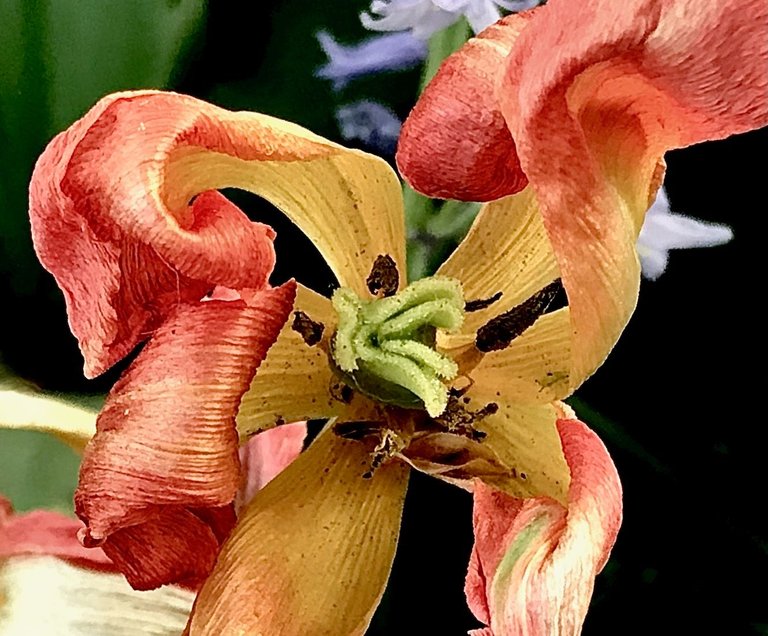
We have just started our last unit on ancient civilization, the Mayans. I don't know about you, but learning about history and geology tickles the travel bug in me and the pushes me to hone up on my second languages. Minime too tells me that he wants to see the Mayan pyramids. Where are those ... he asks me? Maybe time to polish off our passports.
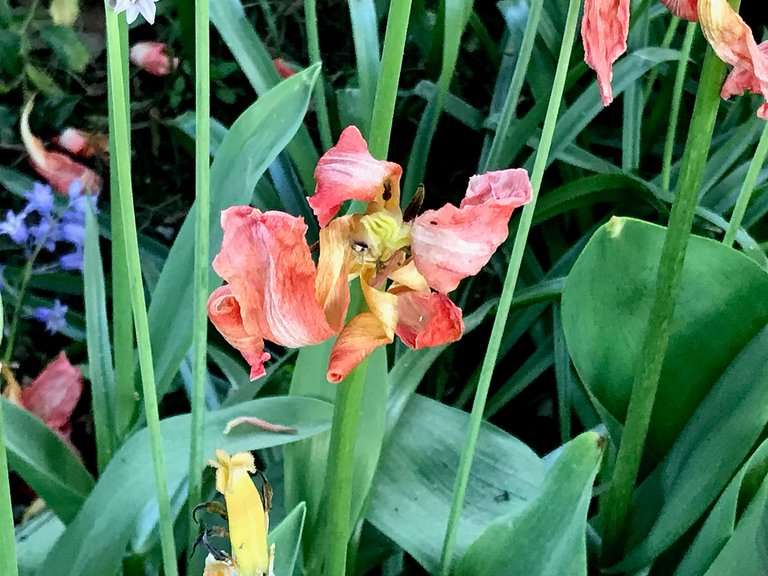
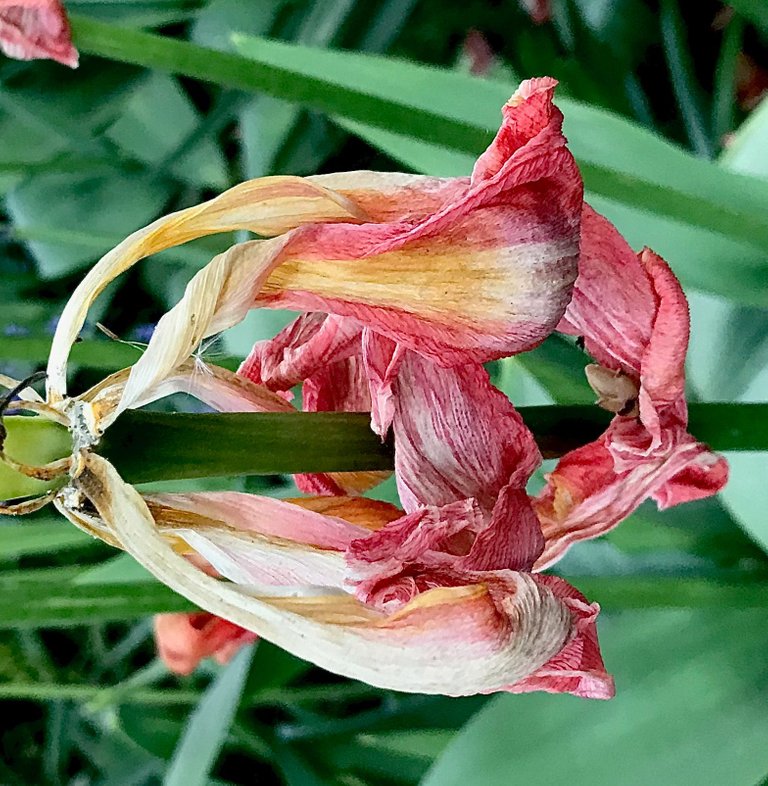
From our studies ...
In the video Exploring Maya Civilization for Kids, offered by the Youtube Channel Free School, they tell us the Maya ruled in Meso-America.
Their civilization began in the thick jungles of the Yucatan Peninsula, in modern day Mexico. It then spread into Central America.
The Mayans created huge stone temples, pyramids, elaborate artwork, and a complex system or hieroglyphics. They had written language. However the Mayans never formed a single empire but consisted a collection of city states, each with its own ruler who was believed to be connected to the gods.
They shared a common culture.
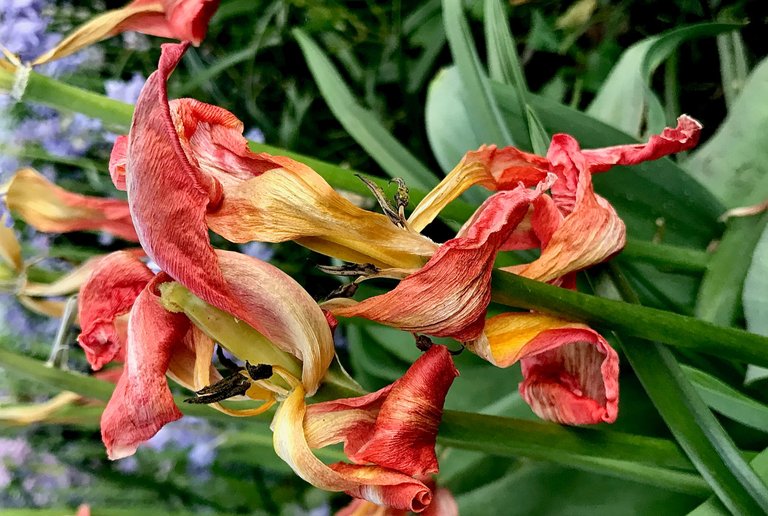
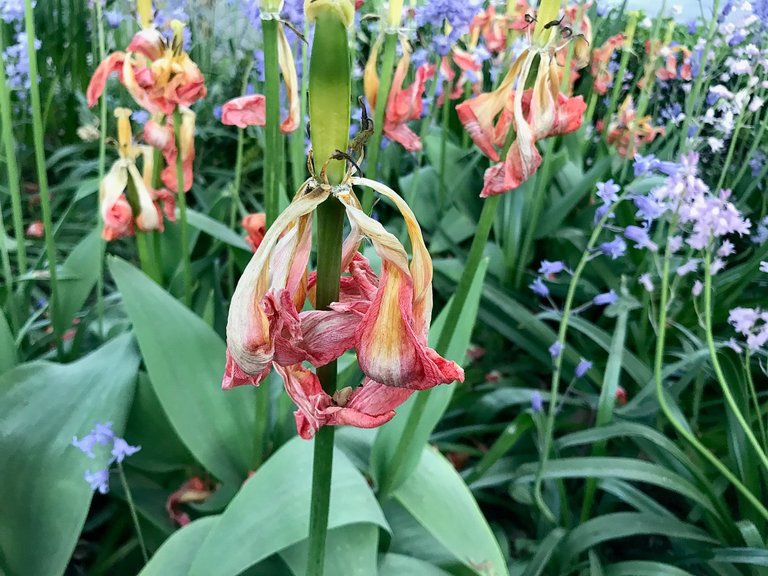
The Mayans worshipped nature gods: the moon, the rain, and corn. In their creation story, first came they sky, water, and land, and then the plants animals, and finally humans were created and given speech. so that they might worship the gods. First came the people of earth, but they crumbled to dirt; then came those of wood; they were strong but did not honour the gods, and so the gods destroyed them with a flood; finally humans were made of white and yellow corn and they worshipped the gods. Corn, beans, squash, and chilli peppers had been cultivated in the region dating back 4 000 years ago. They also would have hunted deer, rabbits, iguanas, and even monkeys. Their elite drank chocolate with corn, honey, and chilli peppers. Cacao beans were so valuable they were often used as currency.

The Mayans worshipped nature gods: the moon, the rain, and corn. In their creation story, first came they sky, water, and land, and then the plants animals, and finally humans were created and given speech. so that they might worship the gods. First came the people of earth, but they crumbled to dirt; then came those of wood; they were strong but did not honour the gods, and so the gods destroyed them with a flood; finally humans were made of white and yellow corn and they worshipped the gods. Corn, beans, squash, and chilli peppers had been cultivated in the region dating back 4 000 years ago. They also would have hunted deer, rabbits, iguanas, and even monkeys. Their elite drank chocolate with corn, honey, and chilli peppers. Cacao beans were so valuable they were often used as currency.
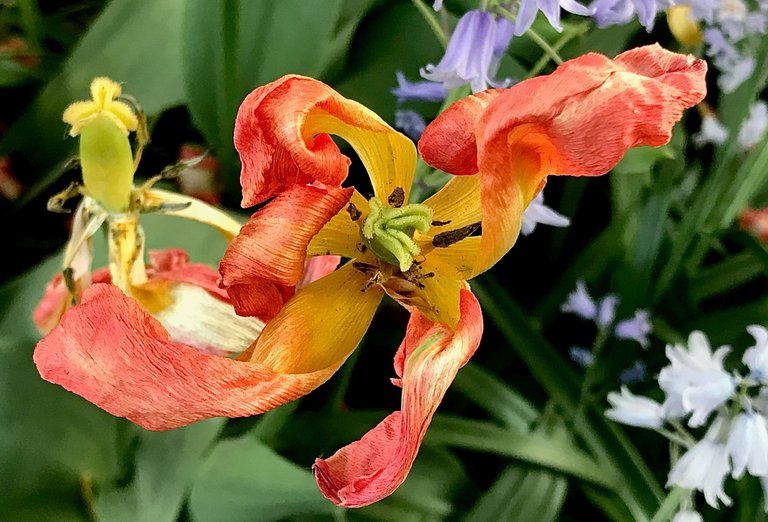
Farms developed into permanent settlements, and then into villages and towns, and finally cites by 750 BCE that were home to as many as 100 000 residents. The everyday people lived in huts made of poles and vines and plastered with mud. The elites lived in huge stone palaces. Their cities were the centre of their culture. They had paved roads and raised causeways.
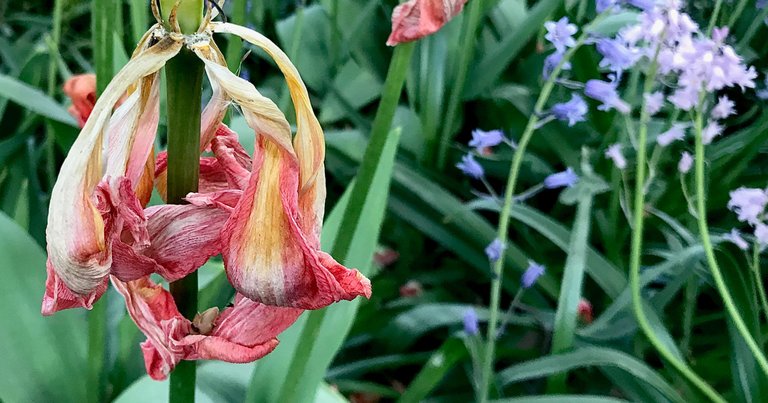
Their cites also had large outdoor fields and stands for the ‘ball game’. It was not a soccer game. A heavy, rubber ball was kept in the air with elbows, hips, and knees. The goal was to get the ball through a raised hoop. A game could go on for weeks. It symbolized a battle between the gods above and those of the Underworld. Members of the losing team were sometimes sacrificed. The ball game was at the centre of their culture and a show of wealth and power for a city and its elites.
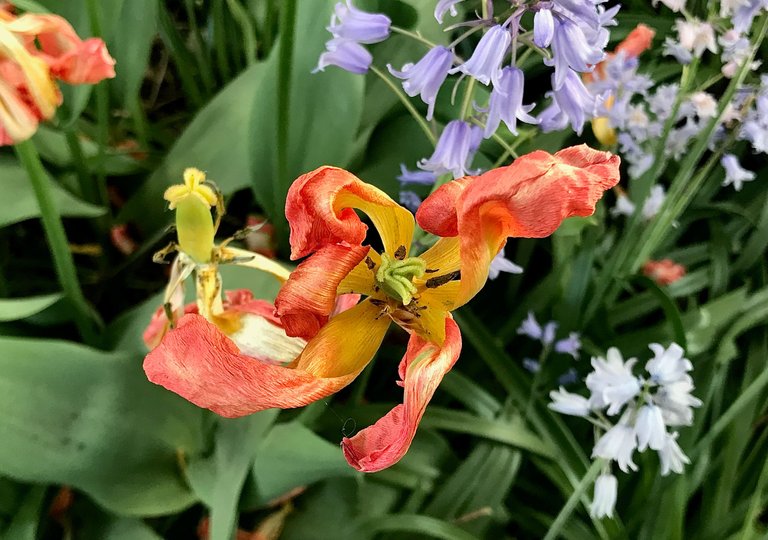
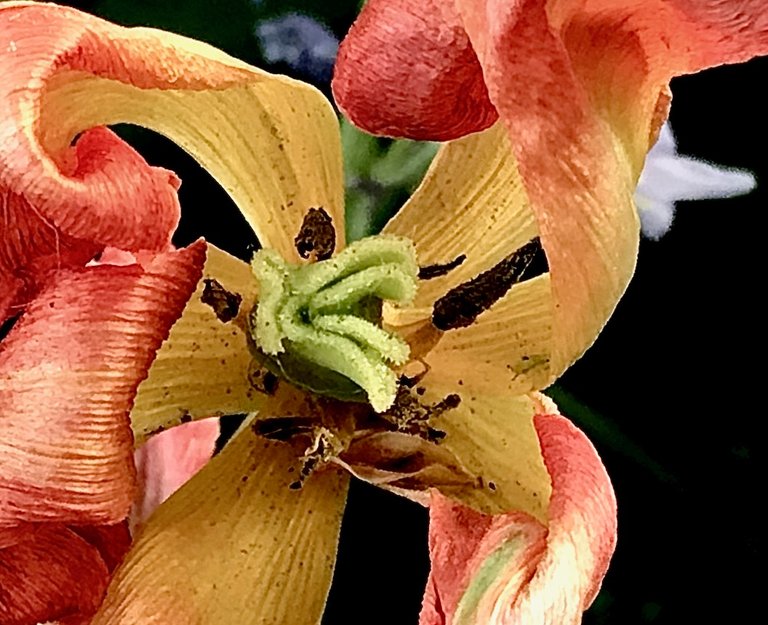
Sacrifice was important to the Mayans belief. An offering of blood was seen as feeding the gods. They sacrificed both animals and humans. With no central leadership, there was a lot of war among the Mayans. They would sacrifice prisoners of war.
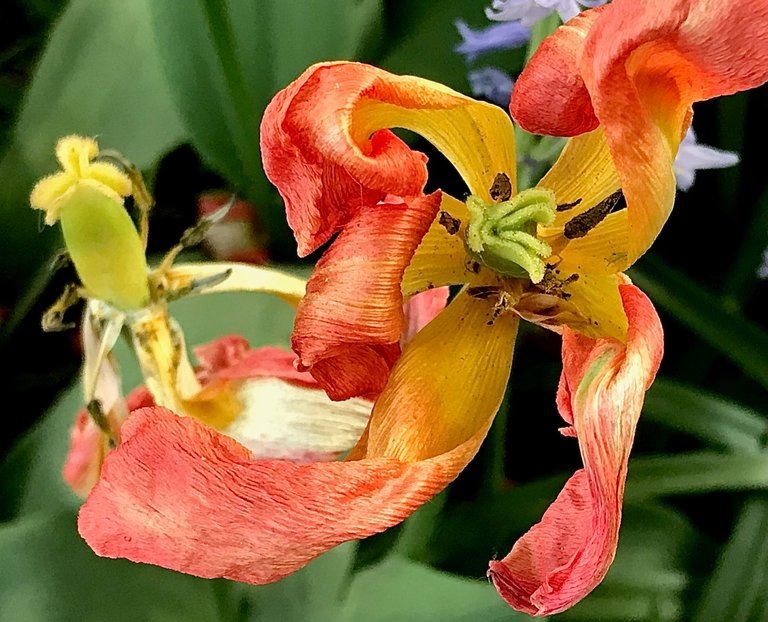
There were also scholars and astronomers among the Mayans. They made advances in math, writing, and art. They had a system of numbers based on 20. They also understood the concept of zero. Their number system lead to an ingenious calendar. Around 300 BCE, the Mayans began to write. They wrote books on the inner bark of trees called codex. Mayan artists were skilled in carving, murals, and pottery.
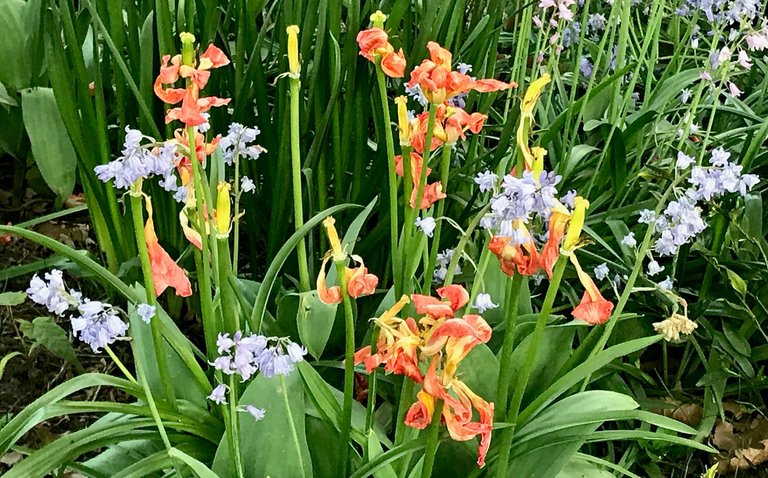
Around 900 CE, the Mayan civilization began to decline. It did not fall all at once by individual city states. Cities were reclaimed by the jungle. Historians are not sure why. Maybe a too large population and not enough food or maybe constant warring. When the Spanish arrived in the 1500’s, most Mayans were living in farming villages.
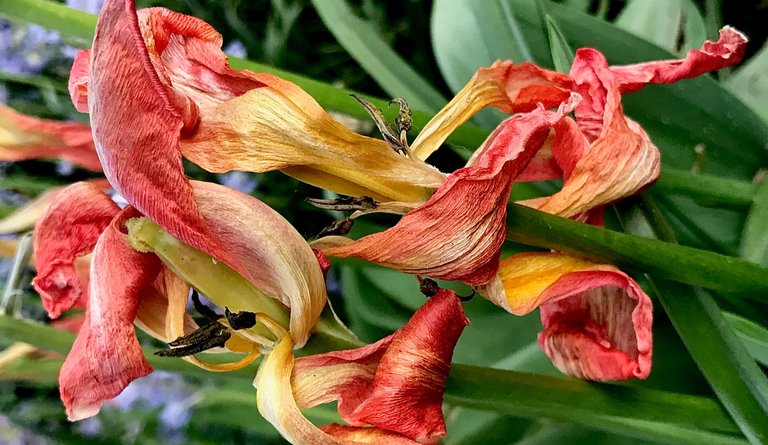

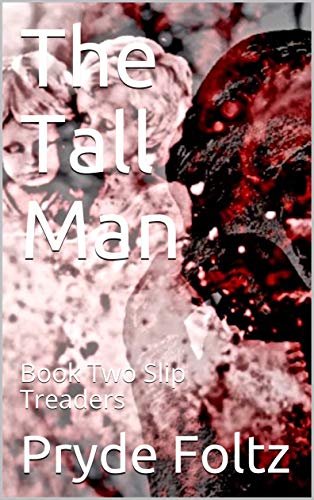
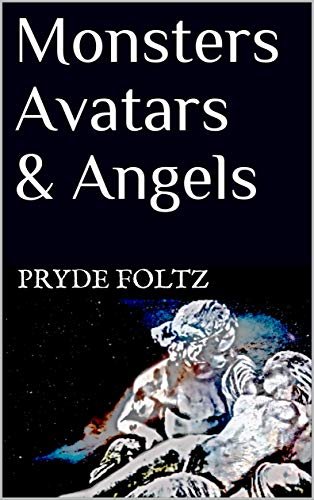




You must go! Travel is the best learning experience!
All these flowers looks so beautiful and amazing but last picture is my favorite in your photography. Thanks for sharing.
Thank you:)
Welcome
I wish there wasn’t also corruption in the biz! It’s clear much of the discoveries are hidden and covered up. The wonders under jungle in South America still “unknown” to us would enhance the history as known and stun us! Corruption and narrative ruins everything! Just finished reading some Graham Hancock so got hidden discoveries on the mind.
Yes ... that ole intellectual elitism. I am not quite sure why they find Hancock so threatening. He has a hypothesis and provides evidence. But I guess they would have to rewrite all the textbooks and the work of a lot of scholars currently living would suddenly be seen as erroneous. That's my take on the situation anyways.